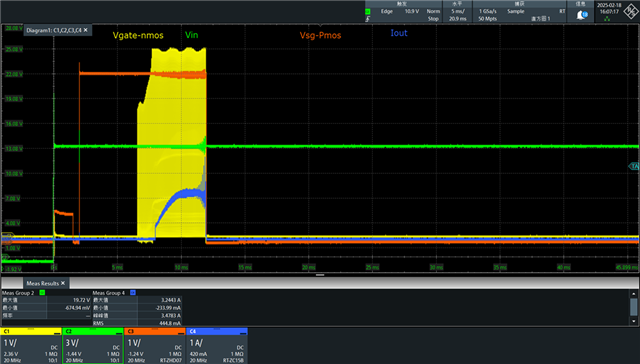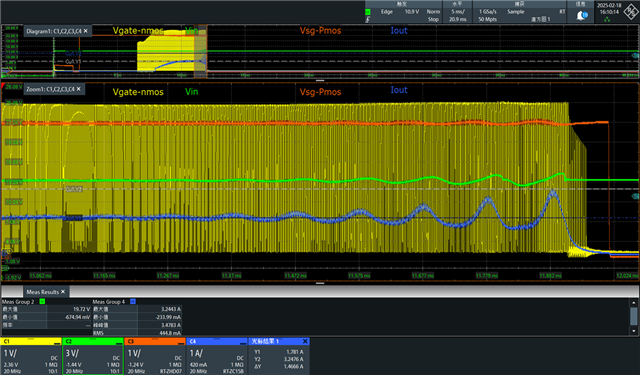Tool/software:
Hi team,
My customers are trying to design with TPS92692-Q1 for a Buck-Boost circuit with 8-16Vin and 27Vout and 105W (max 3.9A). Also, they are expecting to have a very small current ripple smaller than 200mA on Inductor and LED loads.
In this case, I did some simple calculation and found that under 504kHz Fsw customers have to use a very big inductor around 80uH. In this case the boundary power of CCM-DCM will down to 1-2W, which is very small comparing with the 100W max power. Hence could you pls help on the questions and concerns:
1. Would this extreme small boundary power between CCM-DCM have risks/impacts on the design and some LED dimming work case?
2. Any other methods to help reduce the current ripple? Other topology that suitable for such requirements of customers?
BR,
Manu




